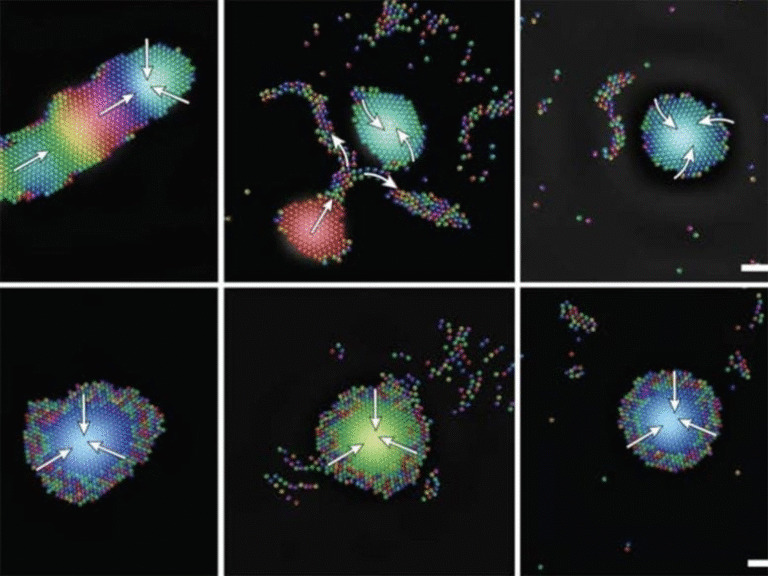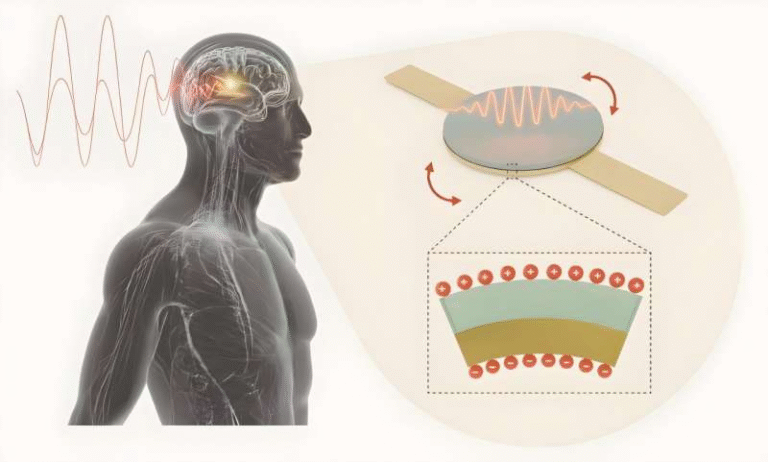How Iowa State Researchers Are Expanding the Physical Intelligence and Safety of Humanoid Robots

Humans develop movement skills long before we’re old enough to remember them. Crawling, wobbling, falling, standing again, and eventually walking become so natural that we rarely think about how complex these abilities truly are. These instinctive capabilities—our physical intelligence—allow us to balance, adjust to unexpected environments, and coordinate our bodies in ways that feel automatic. But for humanoid robots, none of this comes easily.
At Iowa State University, a team led by computer science assistant professor Bowen Weng is working to bridge this gap. Their focus is not only on helping humanoid and quadruped robots move more efficiently but also on ensuring that these machines can operate safely, reliably, and collaboratively with people. This dual mission—advancing capability while strengthening safety standards—is shaping the next chapter of human-robot interaction.
Understanding Physical Intelligence in Robots
Physical intelligence in robotics refers to a machine’s ability to sense, respond, and adapt to its environment in real time. Humans develop this naturally through years of trial and error starting in early childhood. Robots, however, have to be explicitly engineered and trained for every aspect of movement.
Mastering even basic tasks like standing up, turning around, grasping an object, or walking across changing terrain requires robots to coordinate sensors, motors, balance algorithms, and predictive modeling. Although AI has made strides in perception and decision-making, translating those advances into physical action remains one of the most difficult challenges in robotics.
Weng emphasizes that physical intelligence is far from automatic in machines. Robots must deal with unpredictable environments, handle disturbances such as bumps or uneven surfaces, and process sensory inputs quickly enough to adjust their movements safely. This is precisely where the Iowa State research team is focusing its attention.
Inside the Iowa State Robotics Lab
The robotics lab, located behind a secure door in Atanasoff Hall, houses some of the university’s most advanced machines. The team currently works with two humanoid robots—one roughly 6 feet tall, the other about the size of a 10-year-old child—along with a dog-like quadruped robot similar in size to a beagle.
Graduate students Yuija Chen, Dylan Khor, and Zaid Mahboob regularly train with these robots using hand-held controllers that resemble gaming devices. Through repetitive testing, they guide the robots through a range of movements, including:
- standing up from a lying position
- sitting down
- turning
- walking
- waving arms
- shaking hands
- controlled directional movement
For the quadruped robot, commands include:
- standing
- sitting
- leaping
- shaking paws
- walking forward, backward, and sideways
These aren’t just demonstrations—the goal is to expand the robots’ range of abilities with greater efficiency, accuracy, and precision. Mahboob notes that actions humans find easy are often extremely difficult for robots, and improving these capabilities is a core motivation for the group.
Why Humans and Robots Will Need Each Other
Weng stresses that the goal is not to replace humans with robots. Instead, the team sees the future as a collaborative one. Humanoid robots rely on humans for design, training, supervision, and ethical decision-making. They lack the emotional and contextual understanding that people naturally possess.
As robots become more capable, new jobs will emerge in areas such as robot oversight, maintenance, safety evaluation, and ethical development. Rather than creating competition between humans and robots, Weng expects AI-enabled roles to support economic growth and expand the workforce.
Advancing Robot Safety Through Rigorous Testing
Beyond improving robot mobility, Weng is deeply focused on robot safety and testing standards. His recent paper, Repeatable and Reliable Efforts of Accelerated Risk Assessment in Robot Testing, proposes a new algorithm designed to better evaluate how robots respond to disturbances—specifically frontal impacts that might destabilize them.
This algorithm aims to make accelerated testing:
- more repeatable
- more reliable
- more effective in identifying instability risks
Weng presented this research at the 2025 IEEE International Conference on Robotics and Automation, highlighting its potential for improving the way robots are evaluated before deployment.
Although the algorithm doesn’t enhance a robot’s physical abilities directly, it strengthens the tools researchers use to assess a robot’s safety. According to Weng, such steps are crucial, because many robotics labs focus on making robots work, not on ensuring they work responsibly.
Another study co-authored by Weng—Experimental Evaluation of Commercial Quadruped Robots: Stability and Performance in Non-inertial Environments—shows that even advanced quadruped robots struggle with precise body positioning during aggressive motion. While quadrupeds show versatility across many environments, accurately handling non-inertial conditions remains challenging.
Such findings highlight the need for standardized safety benchmarks. Transparency about robot capabilities and limitations is also essential for building public trust.
Students Learning Through Real-World Robotics
One of the most appealing aspects of Iowa State’s program is its emphasis on hands-on robotics research. Many robotics labs across the country rely heavily on simulations, but Weng’s group provides opportunities to experiment with real robots, generating real data and real-world insights.
Doctoral student Yuija Chen says this access to physical machines was a major reason for choosing Iowa State. Master’s student Dylan Khor was inspired by Weng’s teaching style and energy, which motivated him to join the research team.
Weng also mentors undergraduate teams working with both humanoid and robotic arm systems. The soon-to-open robotics education lab in Durham Hall—featuring eight robotic arms—will expand these opportunities and support future research.
Barriers to Widespread Adoption of Humanoid Robots
Despite rapid advancements, humanoid robots still face significant limitations before they can be widely adopted:
- High manufacturing and development costs
- Lack of standardization across robot platforms
- Infrastructure gaps in sensors, actuation, and energy systems
- Limited real-world use cases beyond specialized environments
- Social and ethical challenges involving trust and job displacement
These hurdles make research on robot capability and safety even more crucial. Before humanoid robots become common in homes, hospitals, or public spaces, their behavior must be predictable, transparent, and safe.
Weng believes the path forward is grounded in one foundational idea: people must be able to trust robots before they can accept them. And that trust comes from rigorous, human-led research.
The Larger Context: Why Legged and Humanoid Robots Matter
Legged robots—whether humanoid or animal-like—offer benefits wheels cannot match. They excel in uneven terrain, cluttered environments, staircases, rubble sites, and locations built for human motion. Potential applications include:
- search and rescue
- healthcare assistance
- industrial automation
- disaster response
- mobility solutions for inaccessible areas
As physical intelligence and safety testing improve, these machines could become valuable partners in both everyday tasks and high-risk missions.
Research References
Repeatable and Reliable Efforts of Accelerated Risk Assessment in Robot Testing
https://arxiv.org/abs/2405.20013





